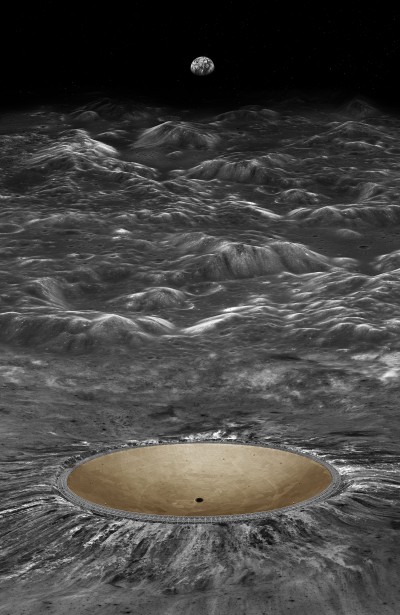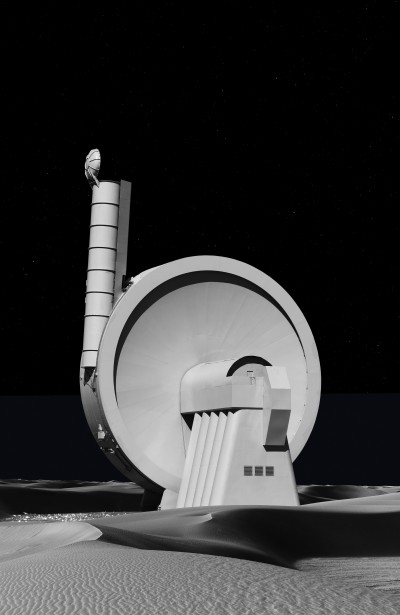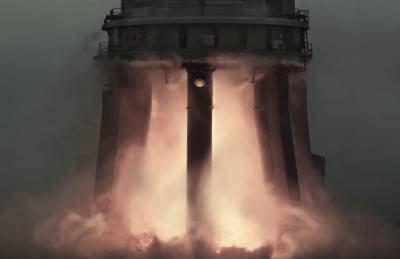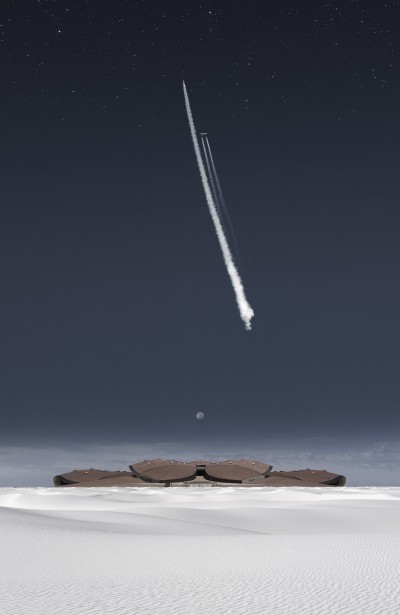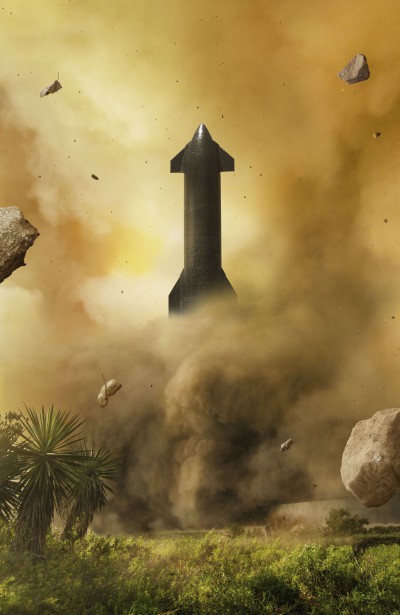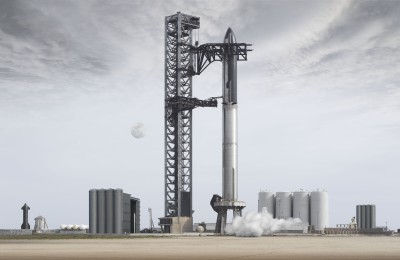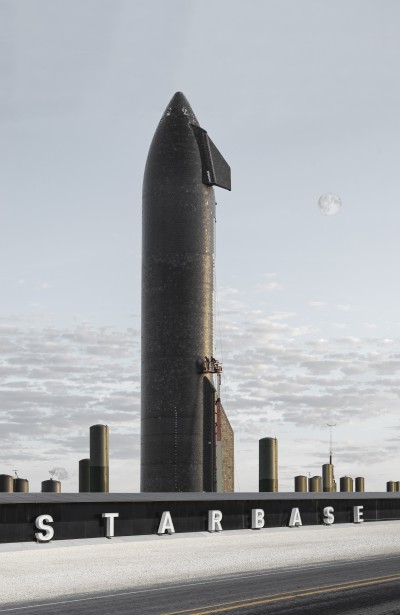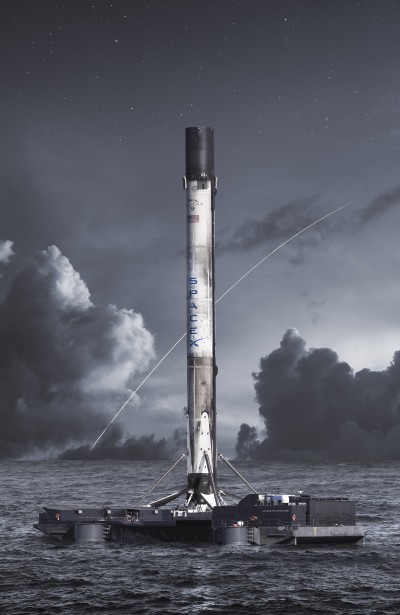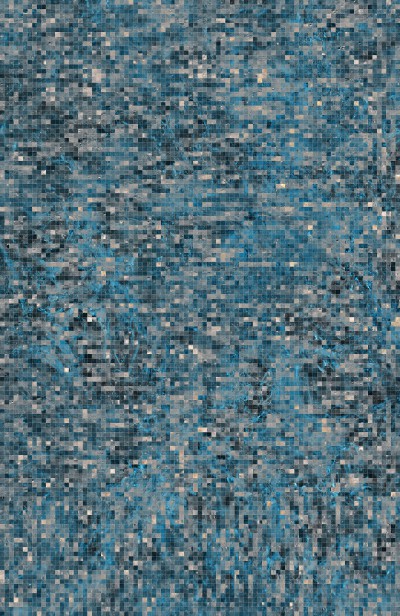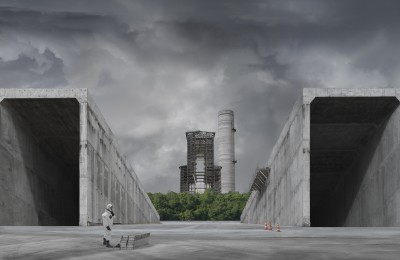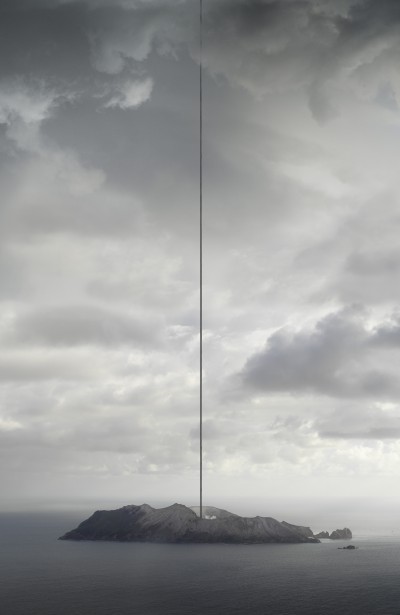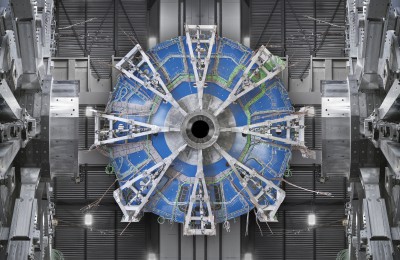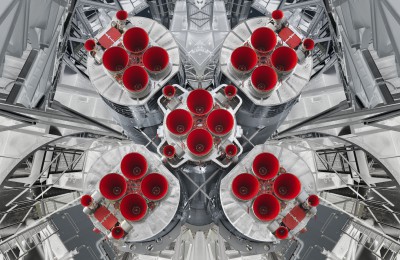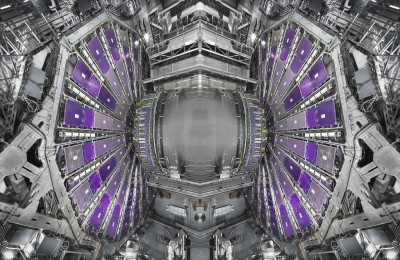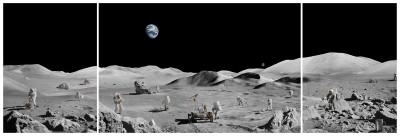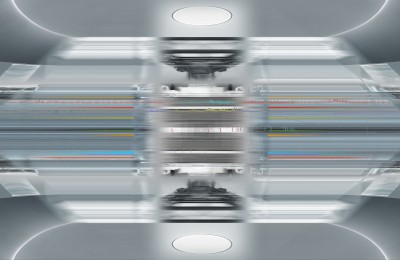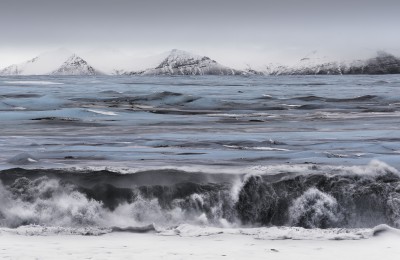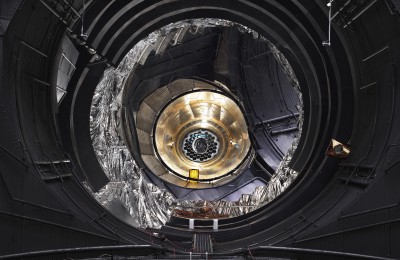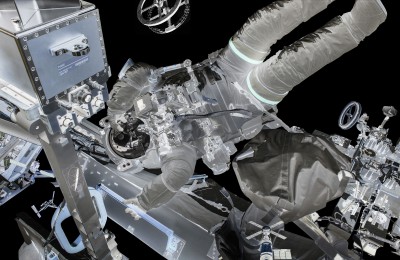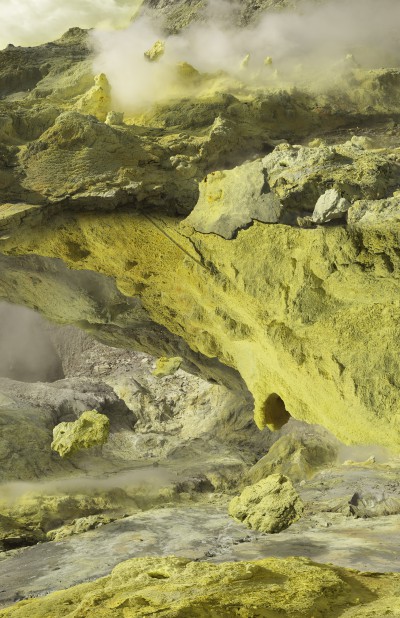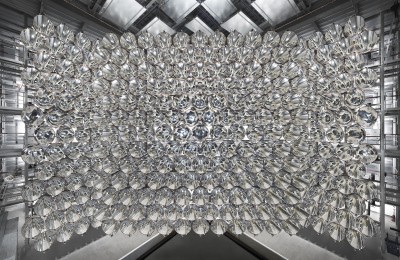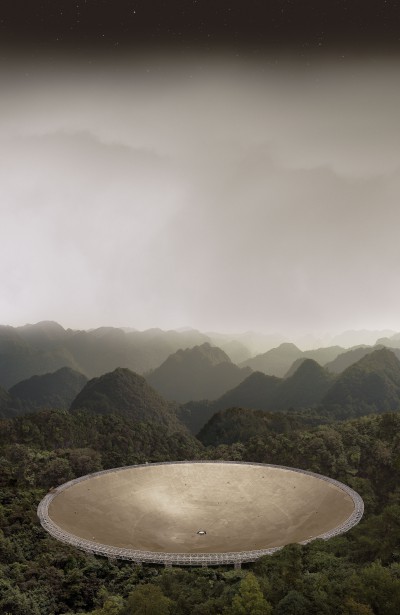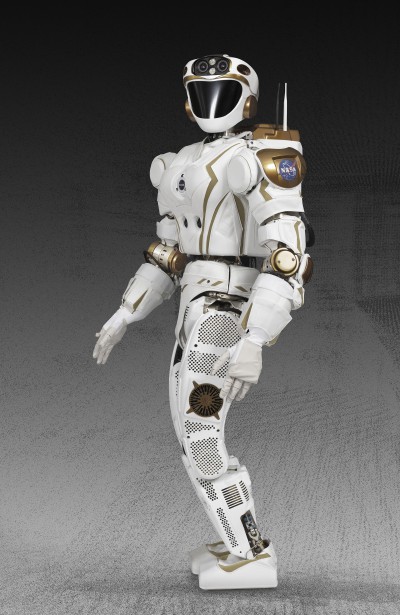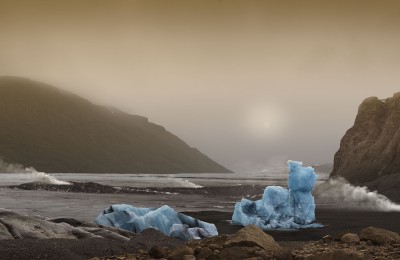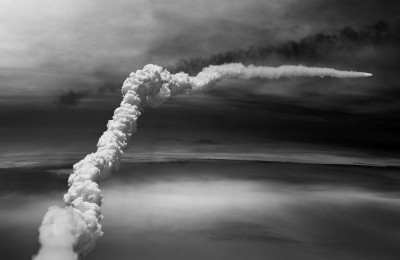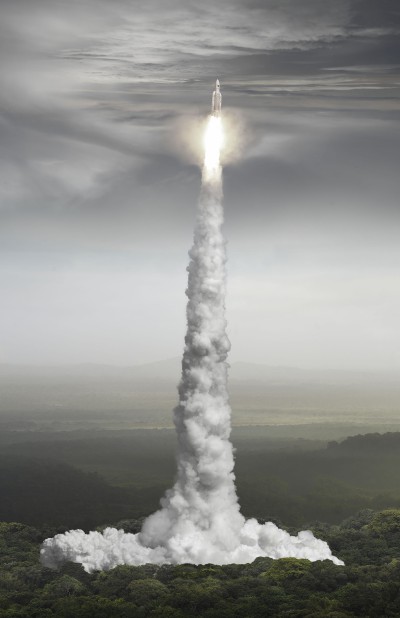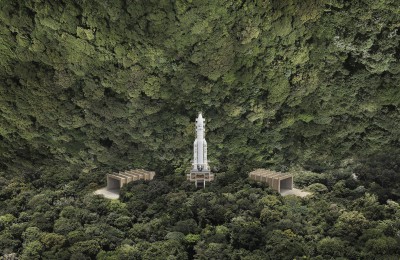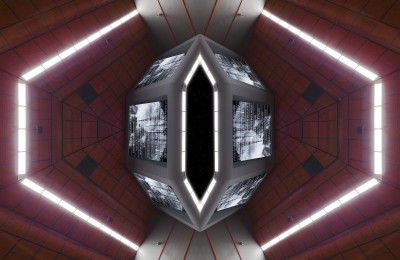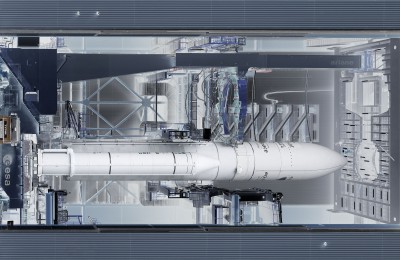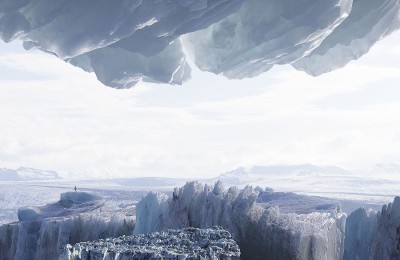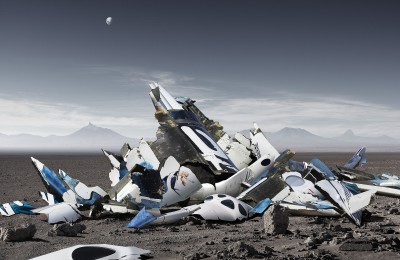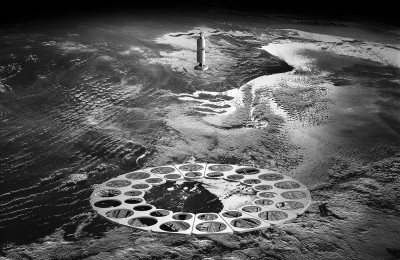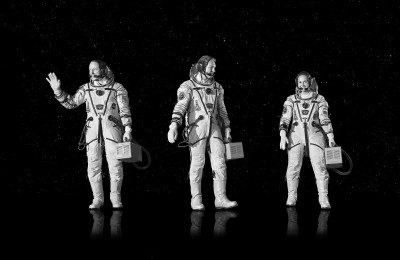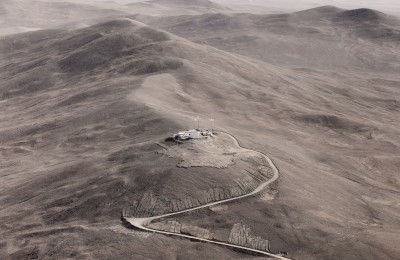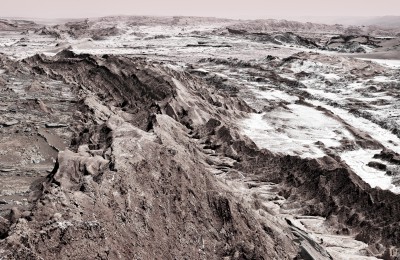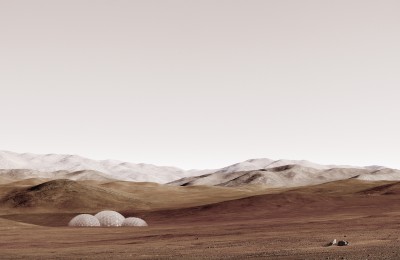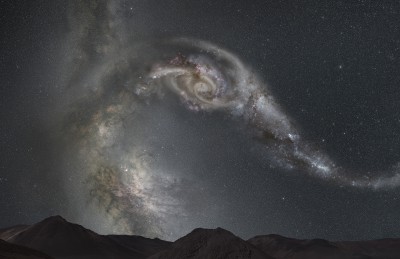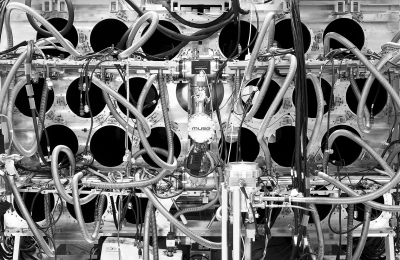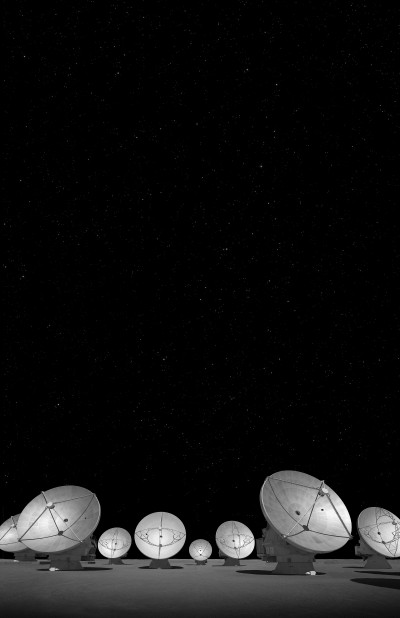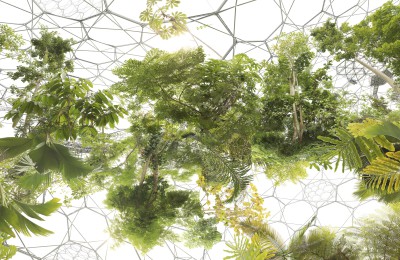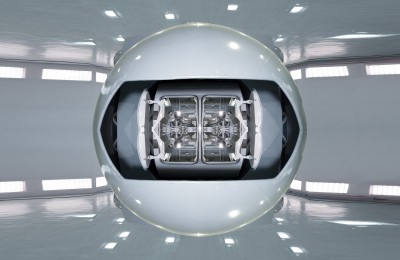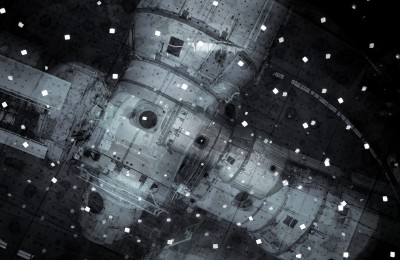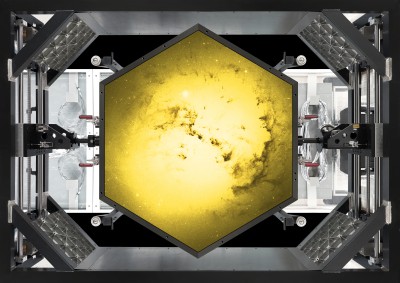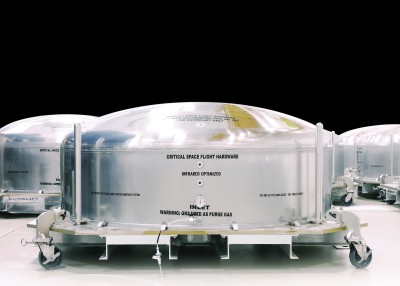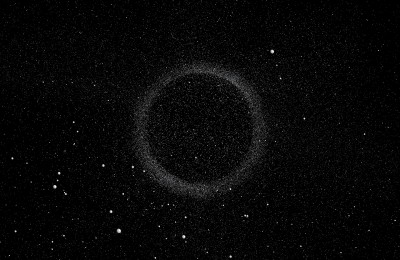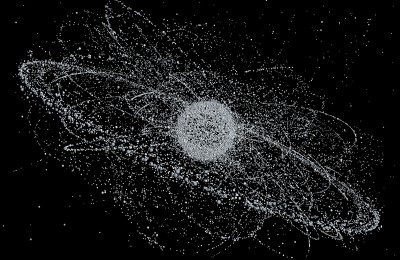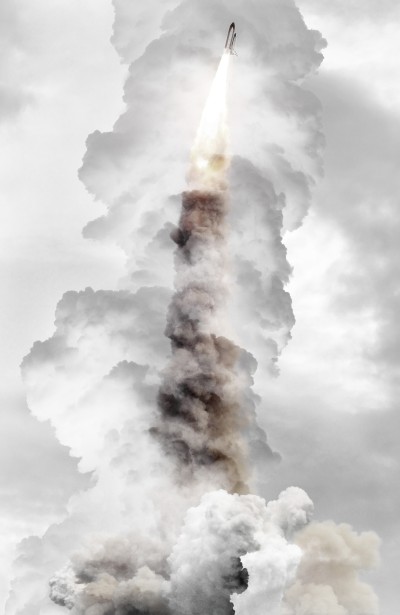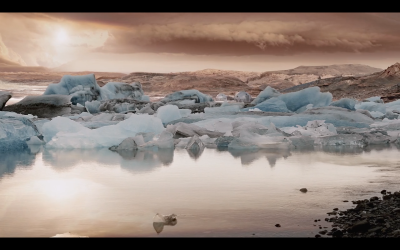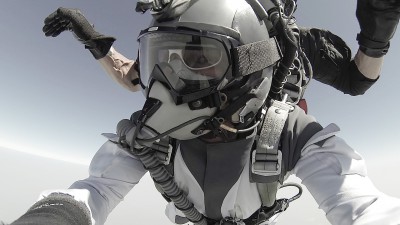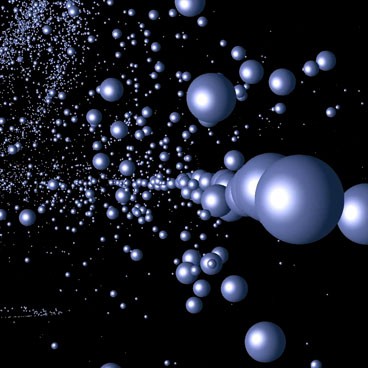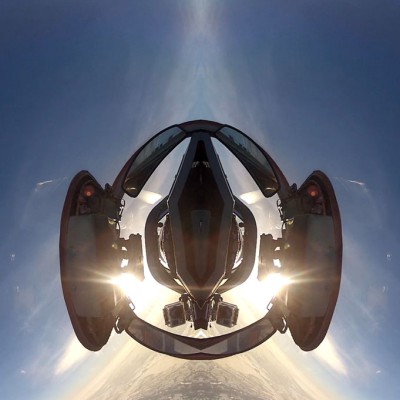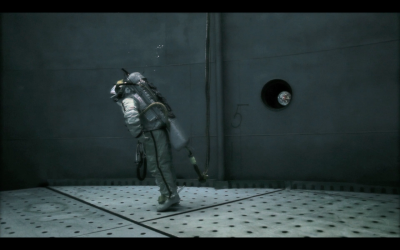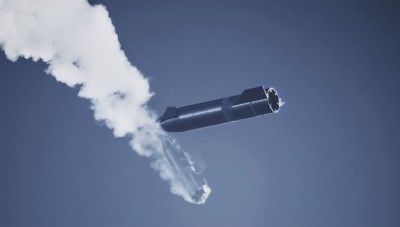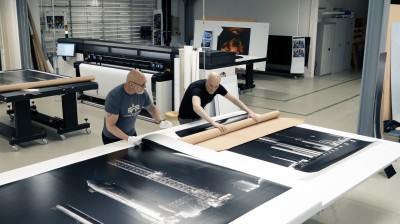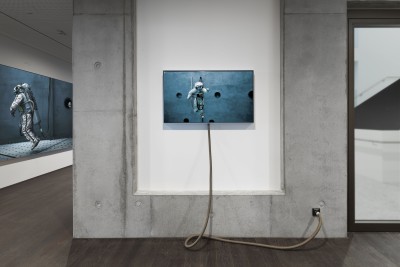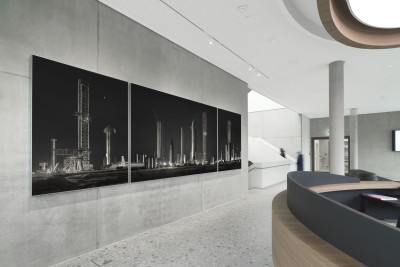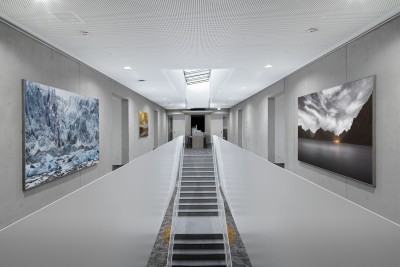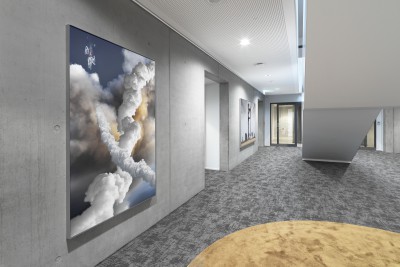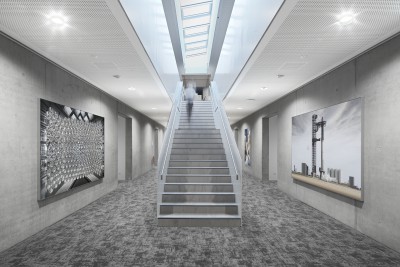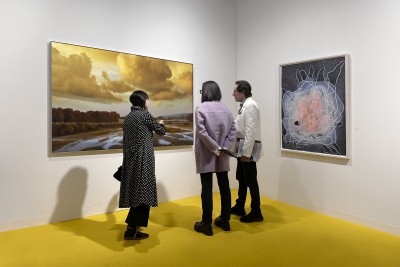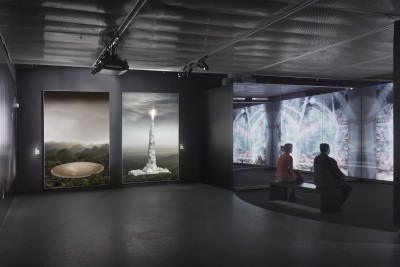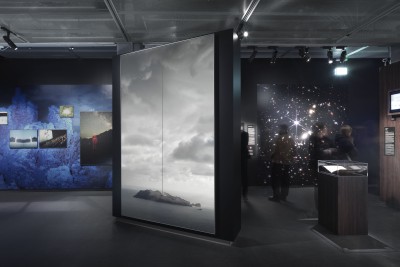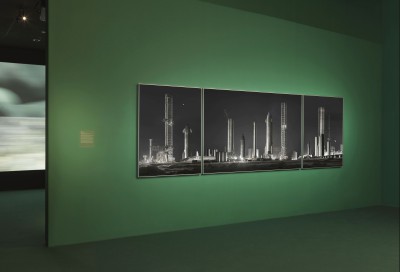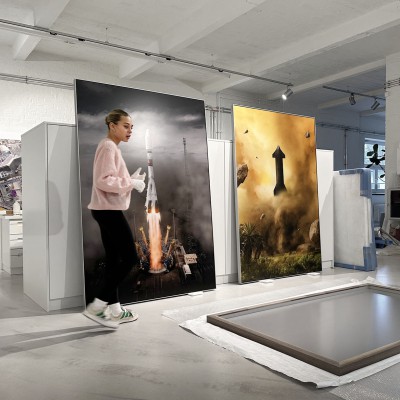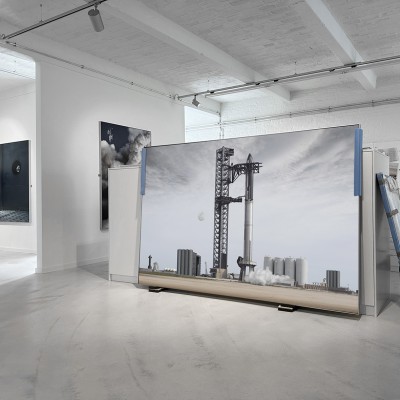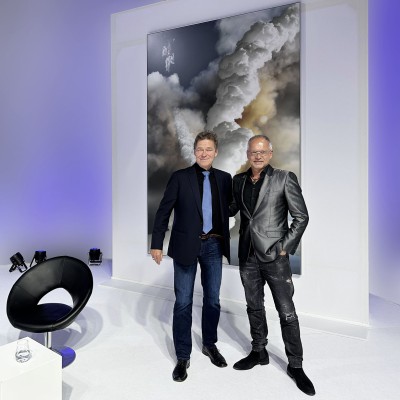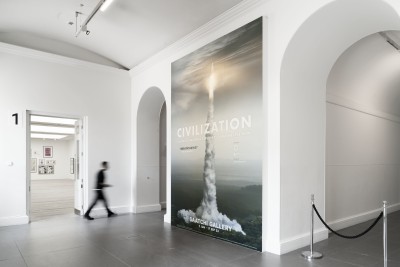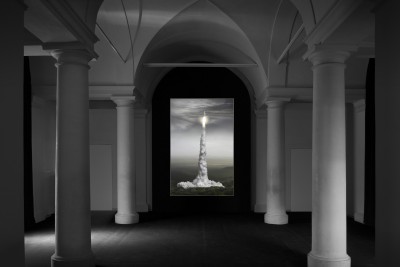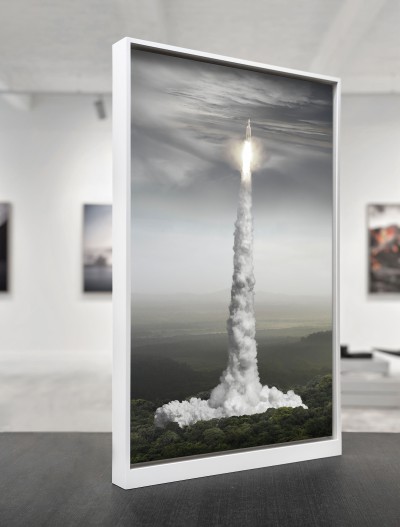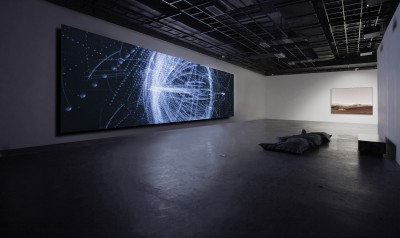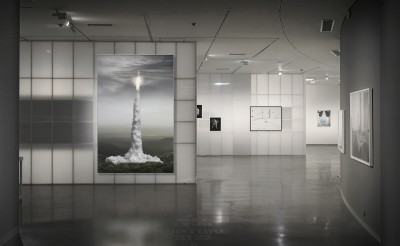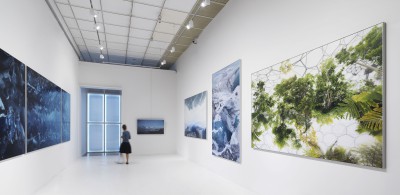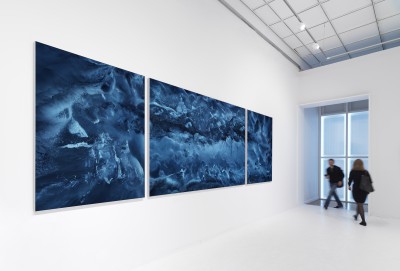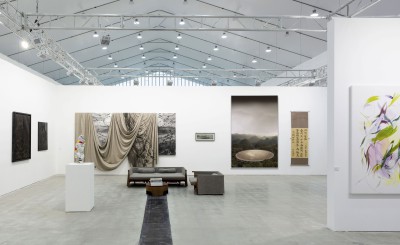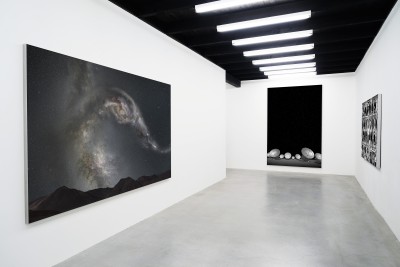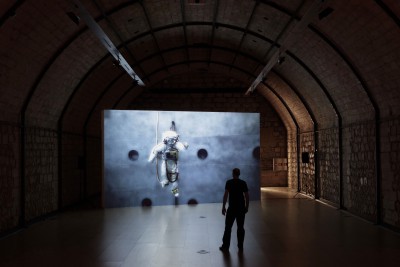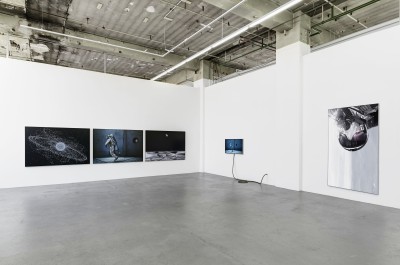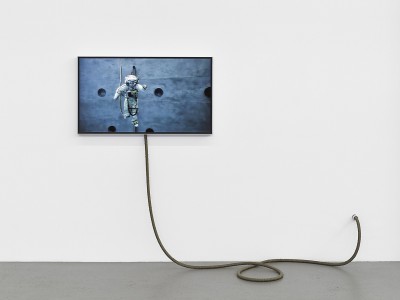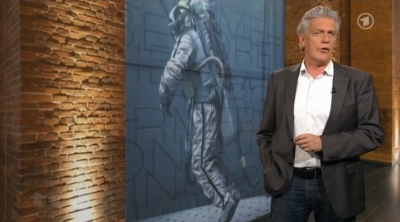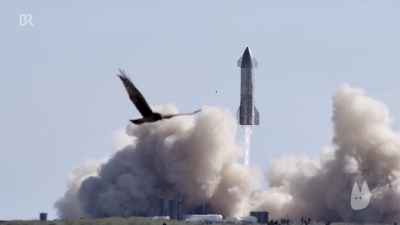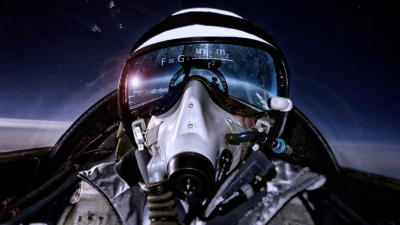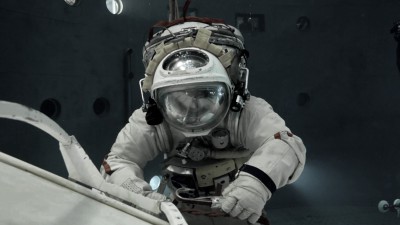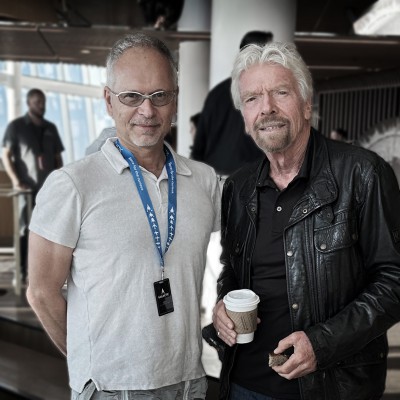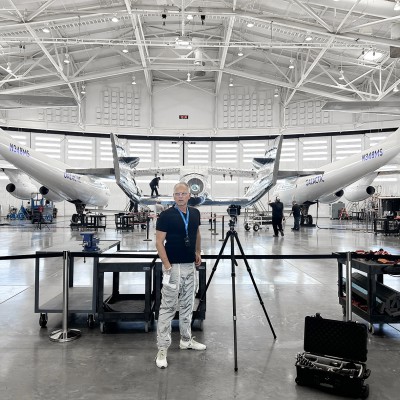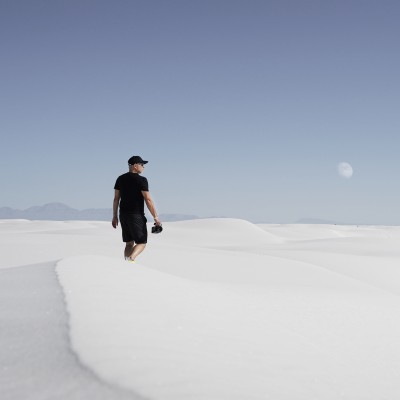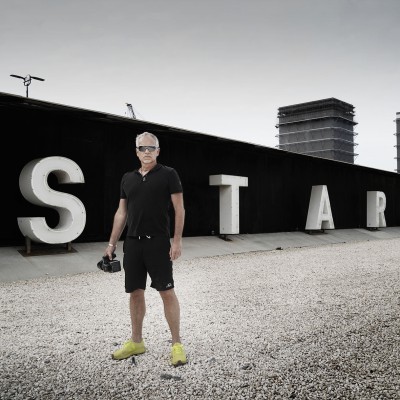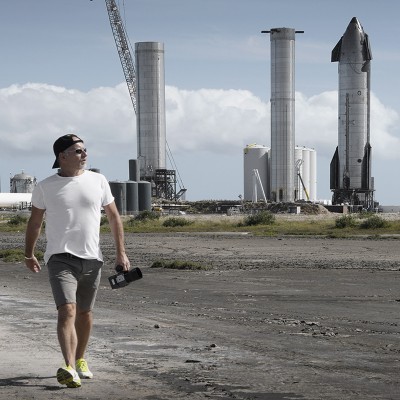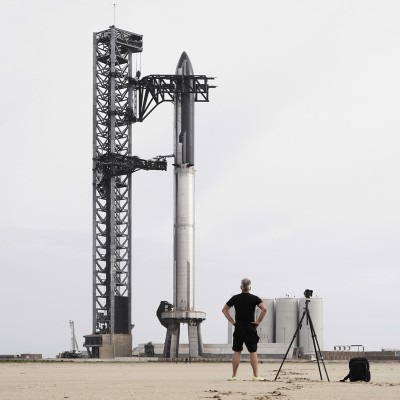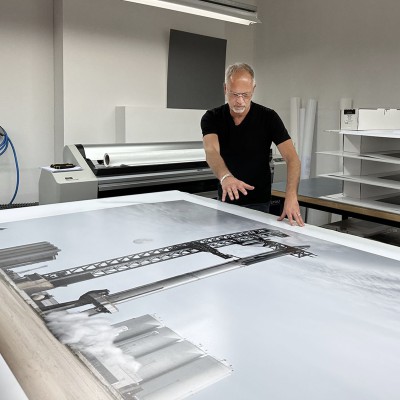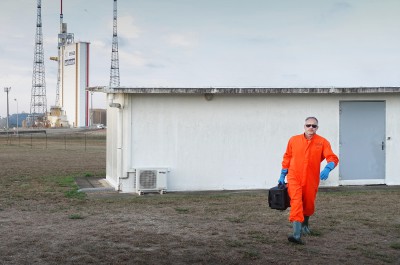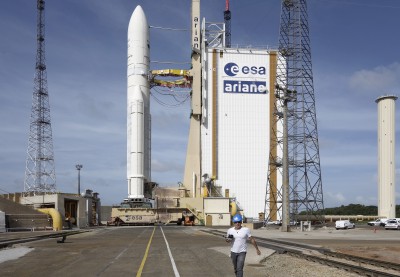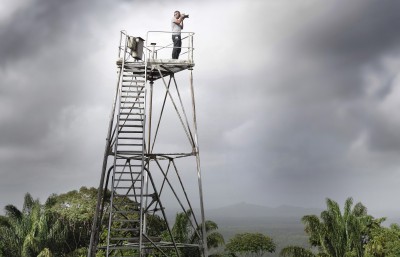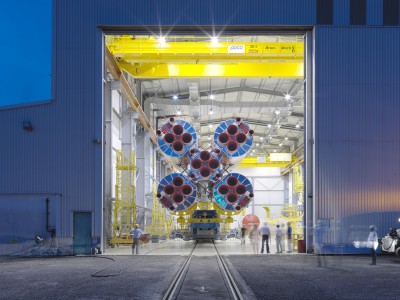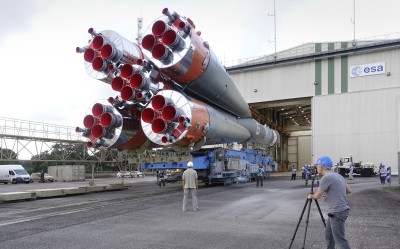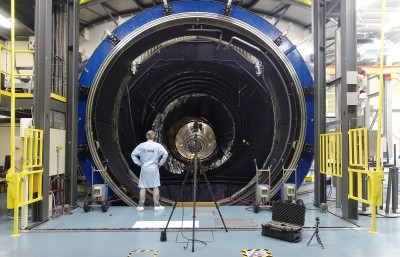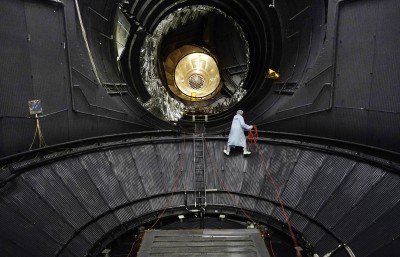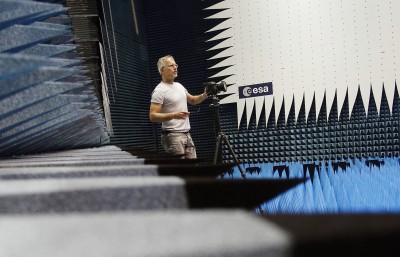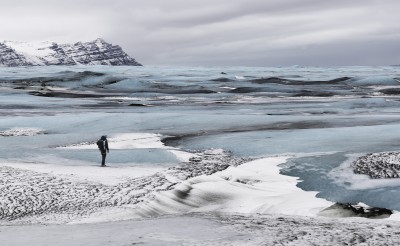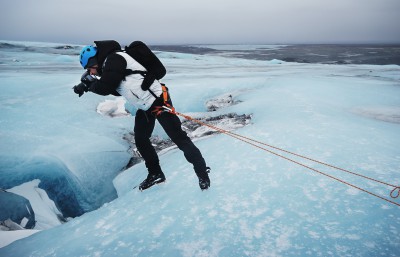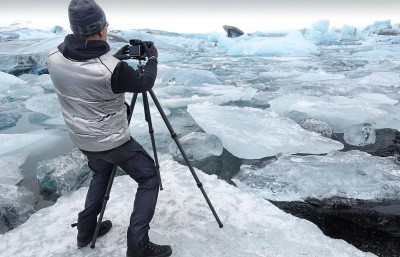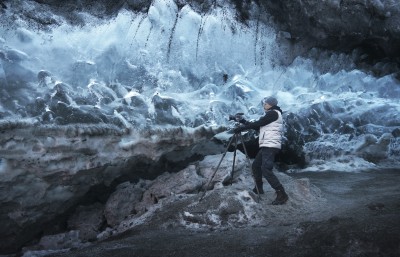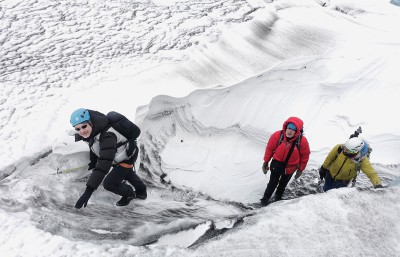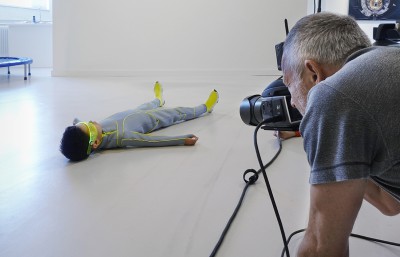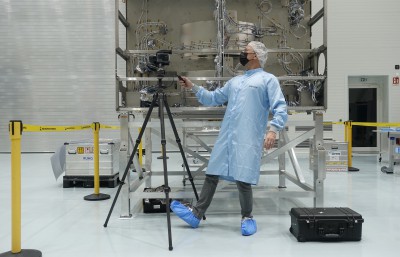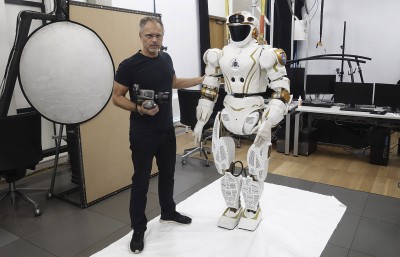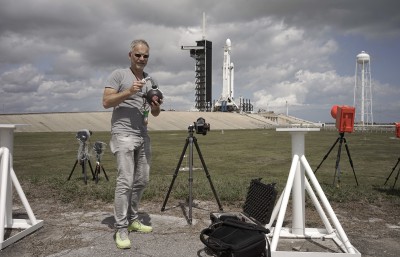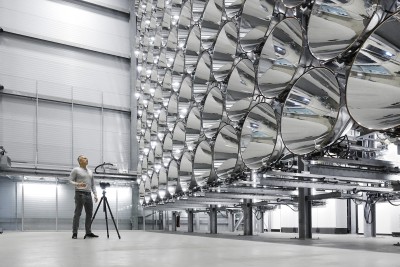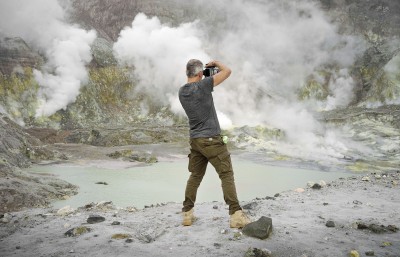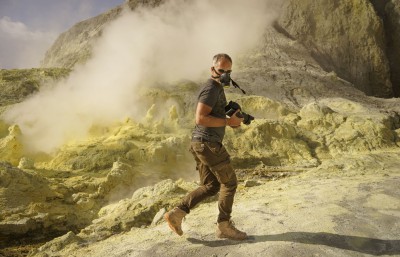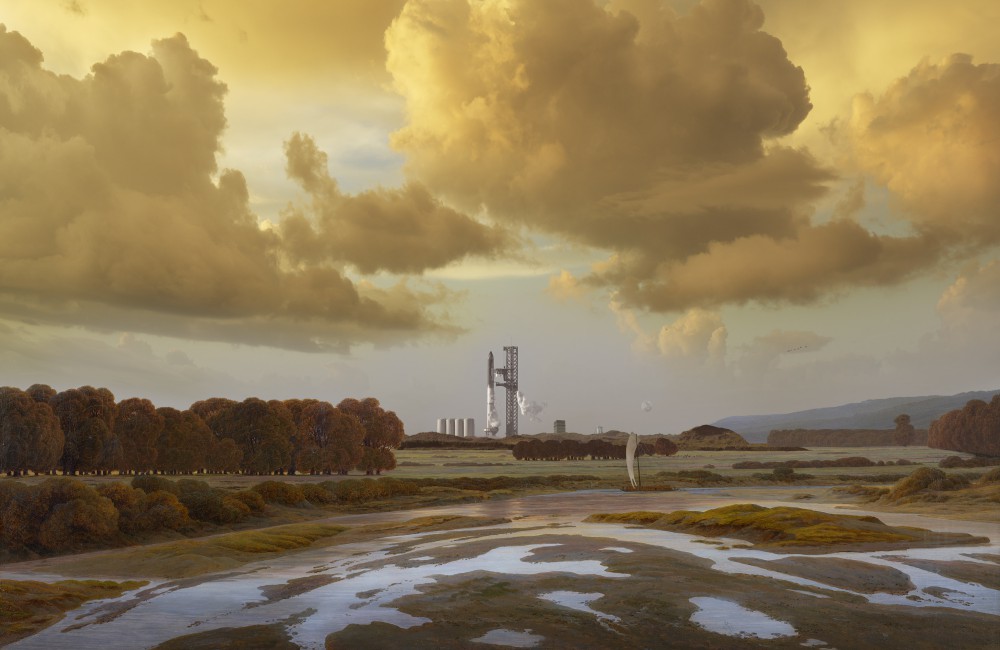
CDF-X
Format 1: 132 x 202 cm / 52 x 79.5 in, edition of 6 + 2 AP
Format 2: 67 x 102 cm / 26.3 x 40.2 in, edition of 6 + 2 AP
Hybrid photography, archival pigment print, aludibond, diasec, custom-made aluminium frame
The paintings of Caspar David Friedrich, arguably the most significant painter of the German Romantic period, lead the viewer into a world where one does not know if it is reality or fiction. Friedrich's landscapes are a construct of the seen, experienced, and dreamed world; they merge inner and outer images into a completely new landscape space. In Friedrich's famous painting "The Great Enclosure" from 1832, the uninhabited landscape with its pale watercourses, fields, and mudflats appears as foreign and unfamiliar as the topography of a distant planet. The puddles of water and sand in the lower part of the painting, reflecting the sky, appear in their symmetrical curvature like our globe seen from space, yet also embedded in the earth itself. The globe observed by the first astronauts from space, with its oceans shimmering in rainbow colors, its mountain reliefs, and enigmatic continents. Friedrich, with his unusual composition for that time, creates a virtual viewer standpoint – lifting it upwards. This perspective, which we could only actually adopt well a 136 years later with the Apollo 8 mission for the first time. The genius of Friedrich's painting lies in its indication of the instability of any viewpoint on the world, whether from above, below, or from the center. It combines different dimensions of viewing our Earth, implying the idea of leaving our terrestrial home.
The work "CDF-X" takes a bold step similar to Friedrich's in his time. The painting from the early 19th century merges with a photograph from the early 21st century. When we examine the work up close, the brushstrokes and craquelure of the painting merge with the precision of the digital photographic image. Exactly at the horizon line, at the border between sky and earth, right in the center of the image, now stands a rocket launch base. It is the massive "starship" of the American space company SpaceX, captured by the artist seconds before its launch on its very first test flight into space. This largest spacecraft ever built will one day settle humanity on a new planet, Mars. Thus, it extends Friedrich's gaze to the globe, which was not possible in his time, further to a future view of our neighboring planet, which is feasible through satellites but not yet achievable for humans themselves. Golden glowing clouds in the upper part of the image are also a photographic element inserted into the painting. They mirror the composition of the water surfaces at the bottom of the image, thereby referencing another globe. In Friedrich's painting, just below the horizon and perfectly placed in the golden ratio, is a small sailing ship. It is the only reference to human existence and its intervention in the landscape. It seems to sail along the edge of the globe, but to what end? With our new starships, we are now leaving the edge of this globe, into the unknown. The journey through time and space when viewing the work "CDF-X" leads the viewer from the romantic landscape of the early 19th century into the approaching future of a bi-planetary civilization.
"CDF-X" references the painting by Caspar David Friedrich:
"Das Große Gehege bei Dresden" (The Great Enclosure near Dresden), 1832
Oil on canvas, 73.5 x 103 cm
Albertinum | Galerie Neue Meister, Gal.-Nr. 2197 A
© Albertinum | GNM, Staatliche Kunstsammlungen Dresden, Photo: Elke Estel/Hans-Peter Klut
